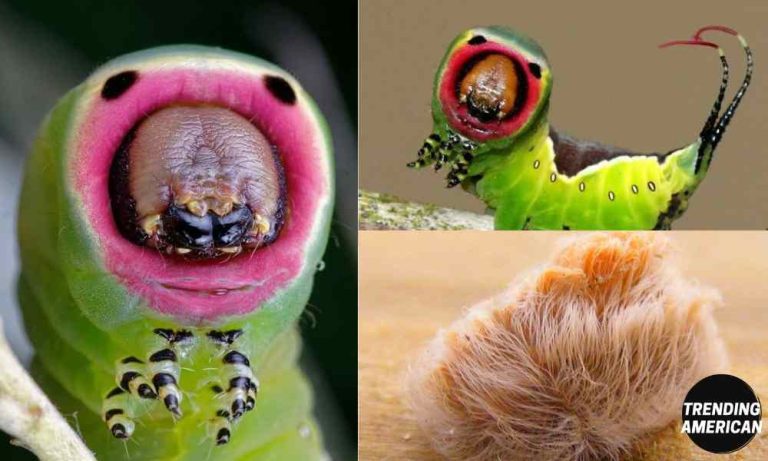A Creature that looks like Hand in Wednesday Addams| Australian Acroaspis Olorina
In Australia, a peculiar spider called Acroaspis Olorina, also known as the corn-shaped orb-weaver spider weaves its way into the spotlight. This tiny arachnid, first described by Friedrich Karsch in 1878, has captured the curiosity of scientists and nature enthusiasts alike. From its unique corn-shaped back to its intriguing lifecycle, there is much to uncover about this little marvel of nature.
Behavior
Acroaspis Olorina is a small spider with a distinctive corn-shaped back, which is what sets it apart from its other spiders. This species exhibits sexual dimorphism, where the females are larger than the males. Despite its small size, it leaves a lasting impression with its intriguing odor, which earned it the species name “Olorina,” meaning “fragrant” in Greek.
Web-building Behavior and Hunting Strategies:
One of the remarkable aspects of Acroaspis Olorina is its expert web-building skills. It crafts a small, sticky, and silken orb-weaver web, measuring about 10 to 20 cm in diameter. These delicate webs are often found in shady spots, hidden beneath leaves or bushes. The spider’s sticky silk serves as an efficient trap for its prey, primarily insects and other small invertebrates. Once a hapless victim gets caught, Acroaspis Olorina uses its venom to paralyze the prey, making it easier to consume.
Reproduction and Lifecycle
The lifecycle of Acroaspis Olorina is nothing short of fascinating. After finding a suitable spot, the female spider lays her eggs in a protective silken sac attached to the underside of a leaf or twig. Approximately two weeks later, the sac hatches, giving birth to spiderlings. Unlike some spider species, Acroaspis Olorina’s spiderlings are independent of birth, receiving no maternal care. As they grow, they undergo moulting stages, shedding their exoskeletons to accommodate their increasing size. These young spiders eventually mature into adults, continuing the cycle of life.
Interesting Facts
- Fragrant Name – The spider’s scientific name “Olorina” means “fragrant” in Greek, referring to its unique smell. However, this is a trait that remains a mystery to researchers, leaving them puzzled by its purpose.
- Longevity – Acroaspis Olorina can live for up to 2 years, which is quite remarkable considering its small size.
- Solitary Nature – Unlike some spider species that exhibit communal behavior, Acroaspis Olorina is a solitary creature. Females do not form colonies or care for their young, preferring to lead independent lives.

Conclusion
The Acroaspis Olorina, with its corn-shaped back and intriguing lifecycle, is a fascinating addition to Australia’s biodiversity. Its delicate orb-weaver webs and impressive hunting strategies make it an admirable survivor in the wild. While there is still much to learn about this unique spider, researchers, and nature enthusiasts continue to marvel at its wonders.







